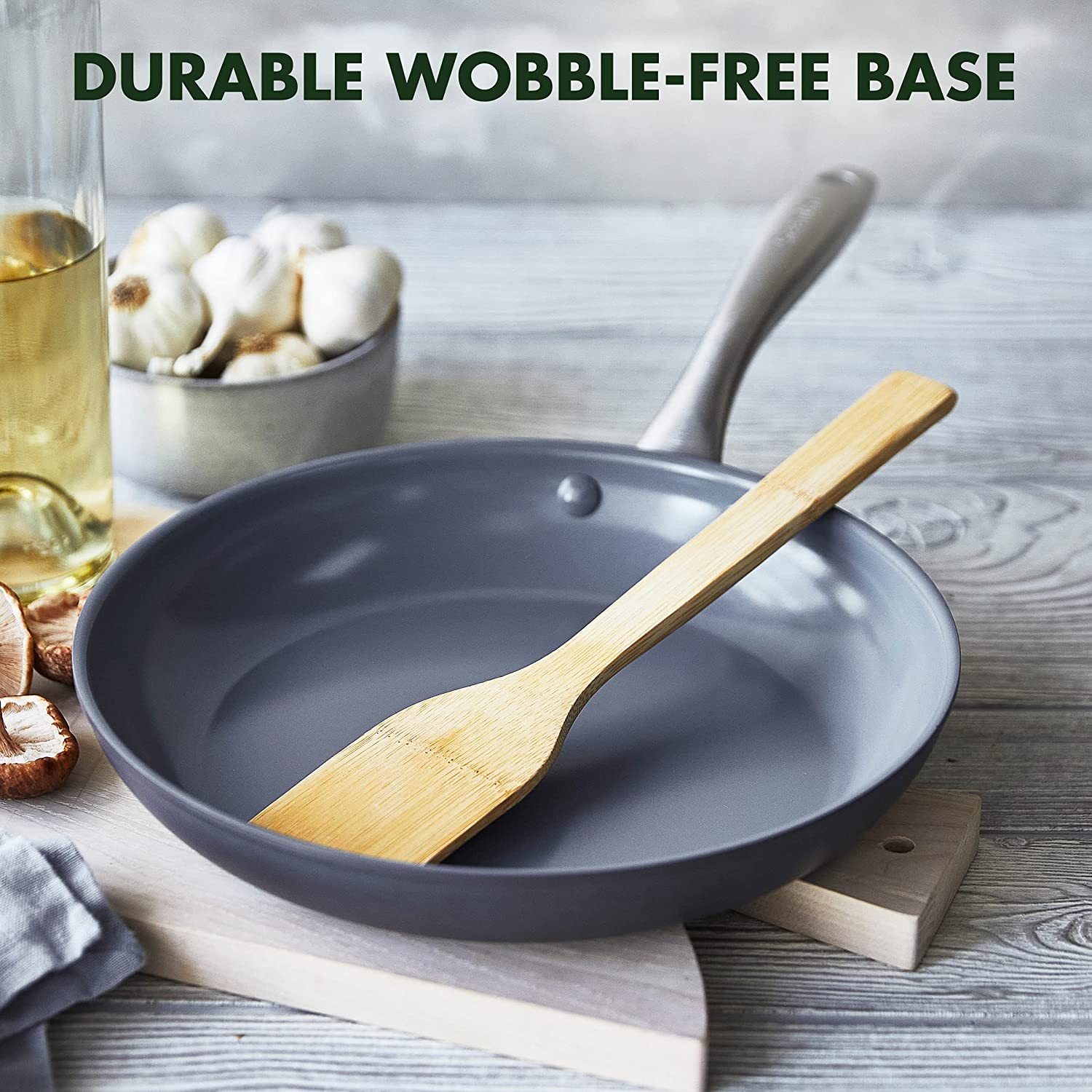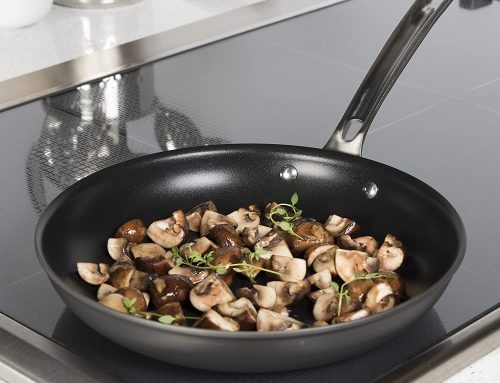Can we trust stone or ceramic-coated pans? What are the coatings of the non-stick pans that we find on sale made of? Stone pots and pans are comfortable to cook with and well-made pots and pans certainly exist as well as, sadly, fake coating scams are starting to emerge
Can we trust all stone or ceramic pans? What are the coatings of non-stick pans with stone or ceramic coating that we find on sale everywhere today made of? Stone pots and pans, such as soapstone ones, are convenient for cooking, and well-made pots and pans certainly exist. Sadly though, fake siding scams are also starting to emerge.

The real question to ask is: how exactly is the composition of the coating of stone or ceramic pans made?
We see different types of non-stick pans on the market, especially classic black-coated pans and stone-coated pans.
Well, even the coating of stone pans, according to what emerges from a Report video, would be in Poly-tetra-fluoride-ethylene (PTFE), as for any other type of non-stick pan. PTFE belongs to the PFC class.
Read also: COOKING FOOD: WHICH POTS AND PANS TO CHOOSE? THE PROS AND CONS OF ALL MATERIALS
The ‘stone effect’ frying pans that we find on sale on the market, but which do not correspond to real stone, are therefore a real scam. The same also applies to the so-called ceramic frying pans, which are nothing more than aluminum frying pans coated with paints containing ceramic powders, with limited adhesion to the substrate and reduced compactness.
The problem is when this type of coating is passed off as a ‘stone pan’ or ‘ceramic pan’, but they have little to do with real lava stone, soapstone, or real ceramic.
At the beginning of 2016, Altroconsumo had already dealt with the subject of stone pans and had tested 12 pans 24 centimeters with an internal stone coating in the laboratory, comparing them with a Teflon pan and with a ceramic pan.
Stone pans have also been tested in the kitchen.
Read also: CARCINOGENIC TEFLON? 10 ALTERNATIVES TO COMMON NON-STICK PANS AND POTS
As far as stone pans are concerned, a high price doesn’t necessarily mean quality, because the least expensive pan in this case turned out to be the best.
Read also: NON-STICK PANS: BEWARE OF YOUR HEALTH, ALARM ABOUT TOXIC SUBSTANCES
For a frying pan, we ask that it be non-stick, that it cooks the food well, and that it is easy to use and safe. Are the stone-coated pans that we commonly find on sale safe?
Here is the video on the stone-coated non-stick pans:
So which pans to prefer?
The first precaution to take is never to touch the non-stick layer with hard objects, even wooden ones because the die would get scratched anyway. In general, it is better to use steel containers for boiling, while earthenware is suitable for soups and stews. Finally, real stone, real ceramic, iron, or cast iron as a pan.








